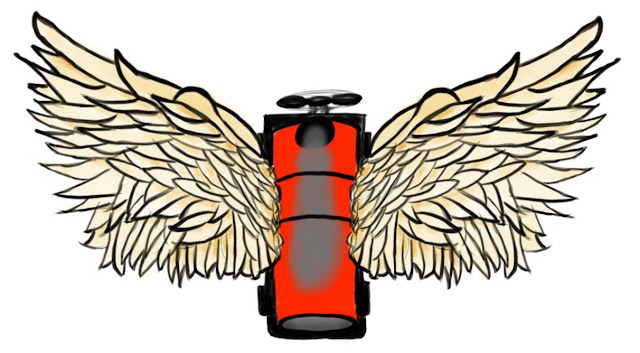Dynamical Magic Transitions in Monitored Clifford + T Circuits
Link to manuscript on arXiv Or copy and paste the following into the search bar: https://arxiv.org/abs/2312.00132 Authors Mircea Bejan, Campbell McLauchlan, Benjamin B é ri Abstract The classical simulation of highly-entangling quantum dynamics is conjectured to be generically hard. Thus, recently discovered measurement-induced transitions between highly-entangling and low-entanglement dynamics are phase transitions in classical simulability. Here, we study simulability transitions beyond entanglement: noting that some highly-entangling dynamics (e.g., integrable systems or Clifford circuits) are easy to classically simulate, thus requiring "magic" - a subtle form of quantum resource - to achieve computational hardness, we ask how the dynamics of magic competes with measurements. We study the resulting "dynamical magic transitions" focusing on random monitored Clifford circuits doped by $T$ gates (injecting magic). We identify dynamical "stabilizer-purification...


